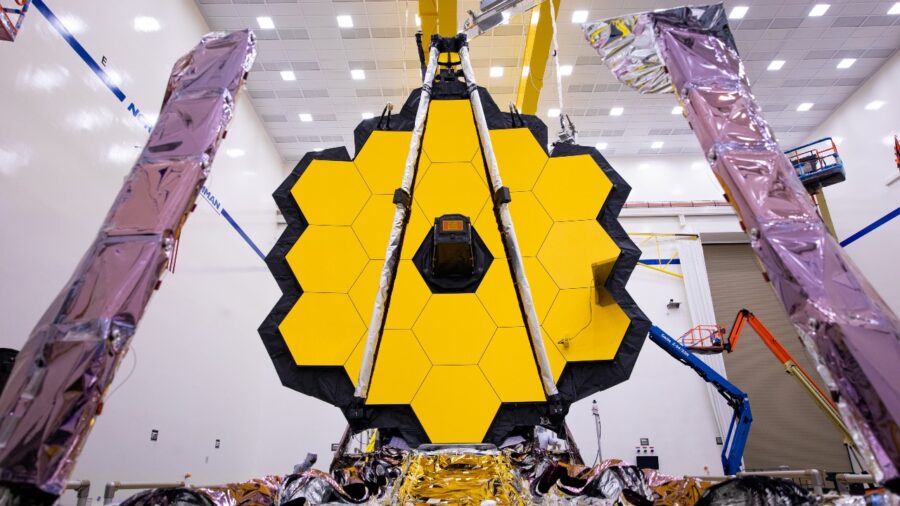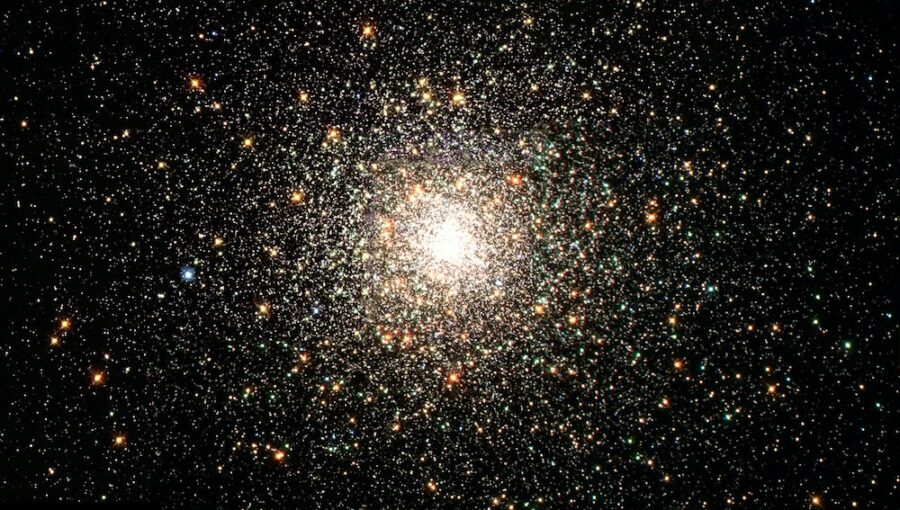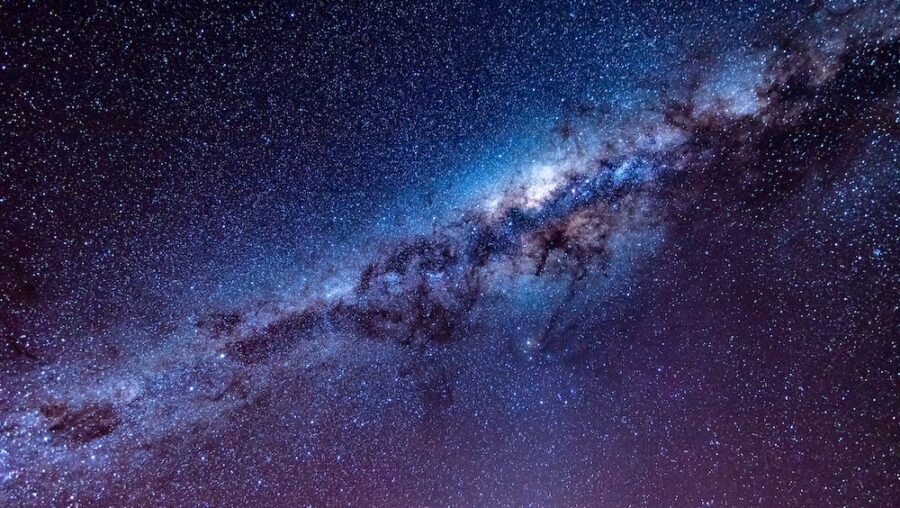James Webb Space Telescope Finds Life On Distant Planet?

Rumors are swirling in the scientific world about a potential breakthrough. Did we finally find life on another planet? The speculations are saying that the James Webb Space Telescope, renowned for its ability to peer deep into space, has picked up traces of biological life on a planet light years away. While NASA is denying “definitive evidence,” they’re not exactly squashing the rumor in its entirety.
Exoplanet K2-18b

The rumor stems from observations of an exoplanet named K2-18 b, located about 120 light years away. Last year, the James Webb Telescope detected a molecule called dimethyl sulfide, a molecule that, on Earth, is associated with biological processes.
The molecule acts as a biosignature, a chemical indicator that life may be present on a planet where it’s detected, suggesting that life might exist on K2-18 b.
Detecting Life On Distant Planets?

While the discovery was made in 2023, a recent article by The Spectator resurrected the event, headlining the article with the intriguing title, “Have We Just Discovered Aliens?”
The report suggested that the James Webb Telescope might have detected signs of life on a distant planet. However, experts caution that these claims need careful examination before any conclusions can be drawn.
Additional Studies Needed

Despite the tantalizing clues, scientists are careful not to admit the discovery of alien life unless they are absolutely sure. The James Webb Telescope’s detection of dimethyl sulfide is not definitive proof of life. While the planet sits in a region around its star where conditions could support life, further research is necessary to confirm any findings.
Knicole Colón, a scientist involved with the James Webb Telescope, explained that while the initial findings are promising, additional studies are needed to verify the presence of life on K2-18 b. Scientists are wary of jumping to conclusions, given the history of false alarms in the search for extraterrestrial life.
NASA Isn’t Denying It

The recent buzz was fueled by remarks from respected figures in astronomy, including astronaut Tim Peake, who hinted at the possibility of the James Webb Telescope discovering alien life.
According to Peake, NASA’s denial isn’t exactly a denial, but an exercise in caution, as the organization wants to hold off on making any public announcements until they can prove the discovery with certainty.
Rebecca Smethurst, an astrophysicist at the University of Oxford, expressed optimism about the future of exoplanet research. While the discovery of life beyond Earth remains unconfirmed, scientists continue to explore the cosmos with hope, diligence, and the help of the James Webb Telescope.
James Webb Telescope Images

The James Webb Space Telescope is a powerful space observatory launched by NASA to study the universe. It is designed to observe the cosmos in infrared wavelengths, enabling it to see through dust clouds and study distant objects, including stars, galaxies, and exoplanets.
Its advanced technology allows it to capture incredibly detailed images and gather data about the universe’s origins and evolution, including, the possibility of life on other planets.
Search For Extraterrestrial Life

The search for extraterrestrial life remains one of the most captivating endeavors in the quest to unravel the mysteries of the universe. The James Webb Telescope is leading the way into uncharted cosmic territories.
Source: Ars Technica












